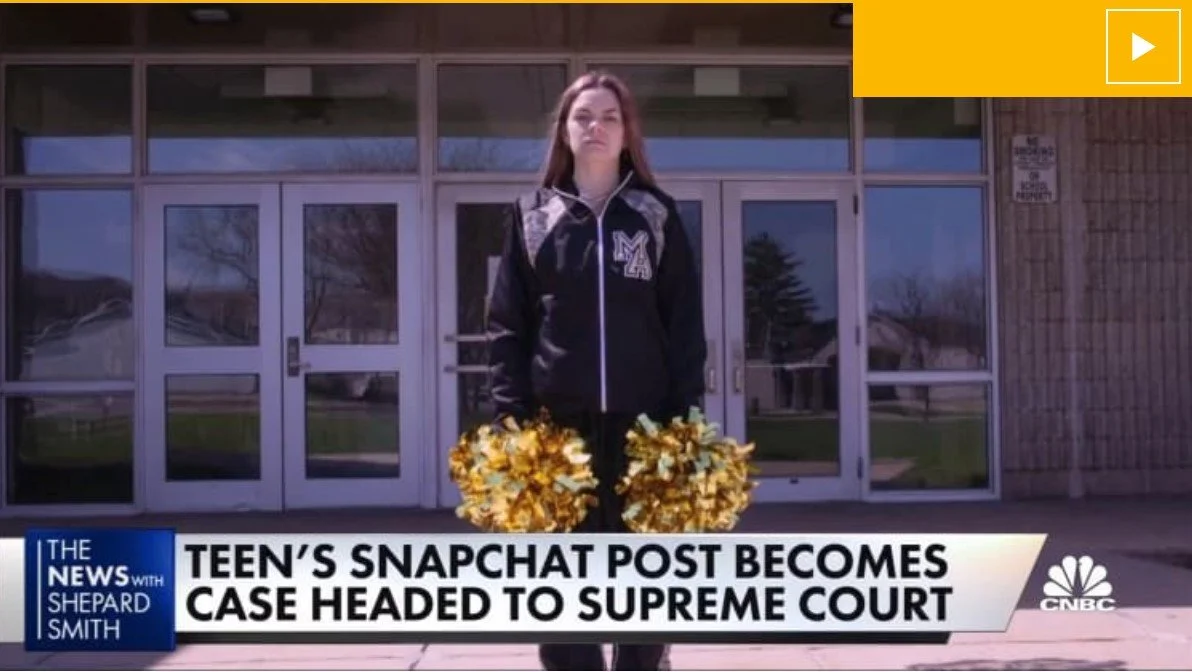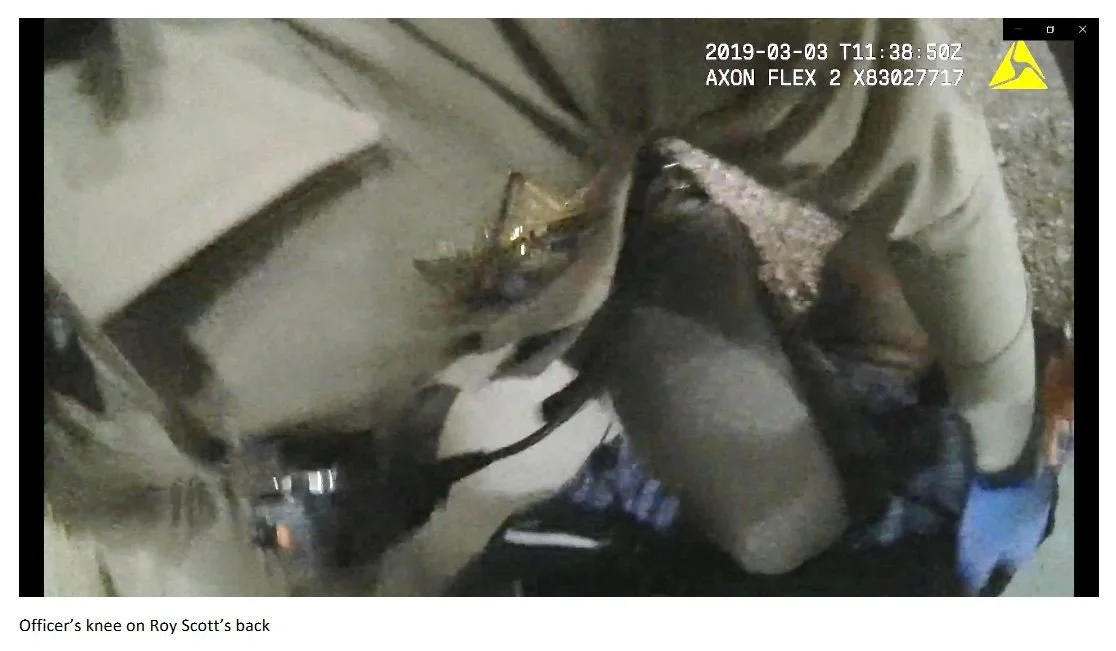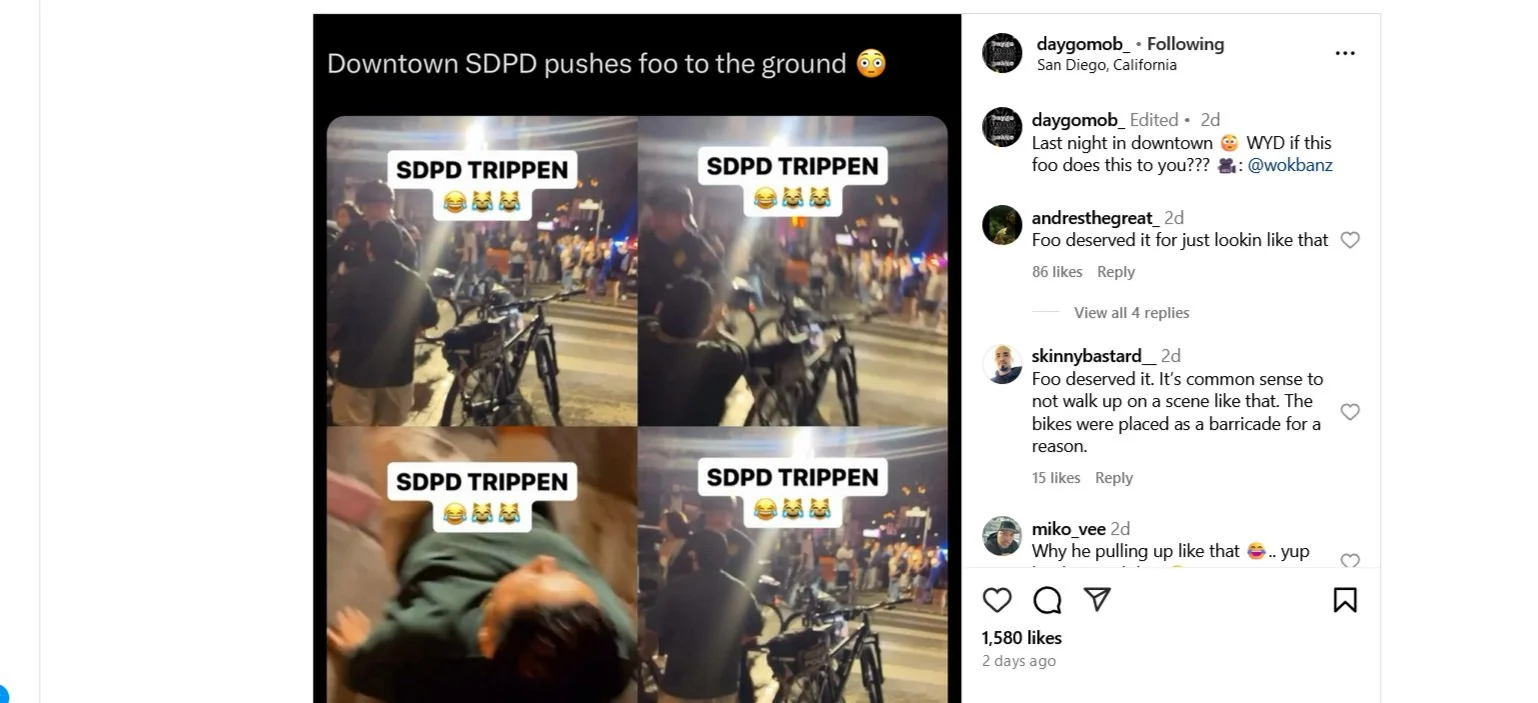When the California Medical Board requires a private continuing medical education (CME) provider to include curriculum on implicit bias in medicine, is that government speech or is it compelled private speech that runs afoul of the First Amendment?
Oh Doctor, I’m Damaged: Whether speech is treated as “private” or “government” in nature can be a tricky boundary to draw when the government is exerting control over what a private actor must or must not express. Photo by National Cancer Institute on Unsplash.
A panel of the Ninth Circuit previously concluded in Khatibi v. Hawkins that it was government speech, and thus not subject to First Amendment protections, in spite of the plaintiffs’ arguments that the government was improperly forcing them, as individuals, to express a viewpoint with which they disagreed. Now the Ninth Circuit has denied en banc rehearing of that decision, and there are some spicy dissents from that denial, which argue that the panel got the analysis wrong.
As a side note, the notion that “implicit bias” in medicine is controversial or problematic as an idea strikes me as incorrect. Implicit bias exists throughout life, not because people are intentionally racist or bad but simply because we tend to favor people who appear to fit with our own vision of the world and our sense of who we are, and implicit bias unquestionably affects the way medicine is delivered. If you happened to see that recent appalling viral video of an African-American woman in Dallas being ignored while in active labor in a waiting room, that was a good example, but there is also plenty of empirical research on the subject. Implicit bias is a real and powerful thing.
But put that to the side. Suppose the content of the mandated expression is not about implicit bias, but rather about the historically misleading ideas that have been advanced by the current administration around the treatment of African-Americans under slavery. Now what? For the sake of argument, would it still be okay to require private CME providers to give voice to those perspectives?
In general, there are fairly narrow limits on what sorts of speech the government may compel a private actor to express: compelled private speech is subject to strict scrutiny, which is why we get cases like 303 Creative, where the Supreme Court concluded that a website designer could not be forced to make a website for a same-sex marriage, in spite of the state of Colorado’s public laws prohibiting businesses from discriminating. The implicit bias content in Khatibi probably would not pass strict scrutiny if it were regarded as private speech, since there are plenty of other ways that the Medical Board could convey its message to doctors without requiring a private CME provider to express that message.
The idea of the Khatibi panel is that the CME curriculum is government speech rather than private speech, and is thus exempted from First Amendment protections. The panel wrote: “when California—from beginning to end—dictates, controls, and approves the provider, form, purpose, and content of CMEs, it is in fact the State that ‘speaks’ or expresses its views.” The panel compares this case to one that upheld mandatory funding of beef commercials by cattle ranchers and another that upheld Texas’ refusal to permit a specialty license plate featuring the Confederate flag. The dissenters from en banc rehearing, on the other hand, emphasize that there is a very broad degree of freedom given to CME providers about what their curriculum will be, except in this particular area, and thus that CME speech is unlikely to be perceived as “government speech” in the way that, say, a license plate would in the Texas case.
For free consultation about potential civil rights cases, call today.

















